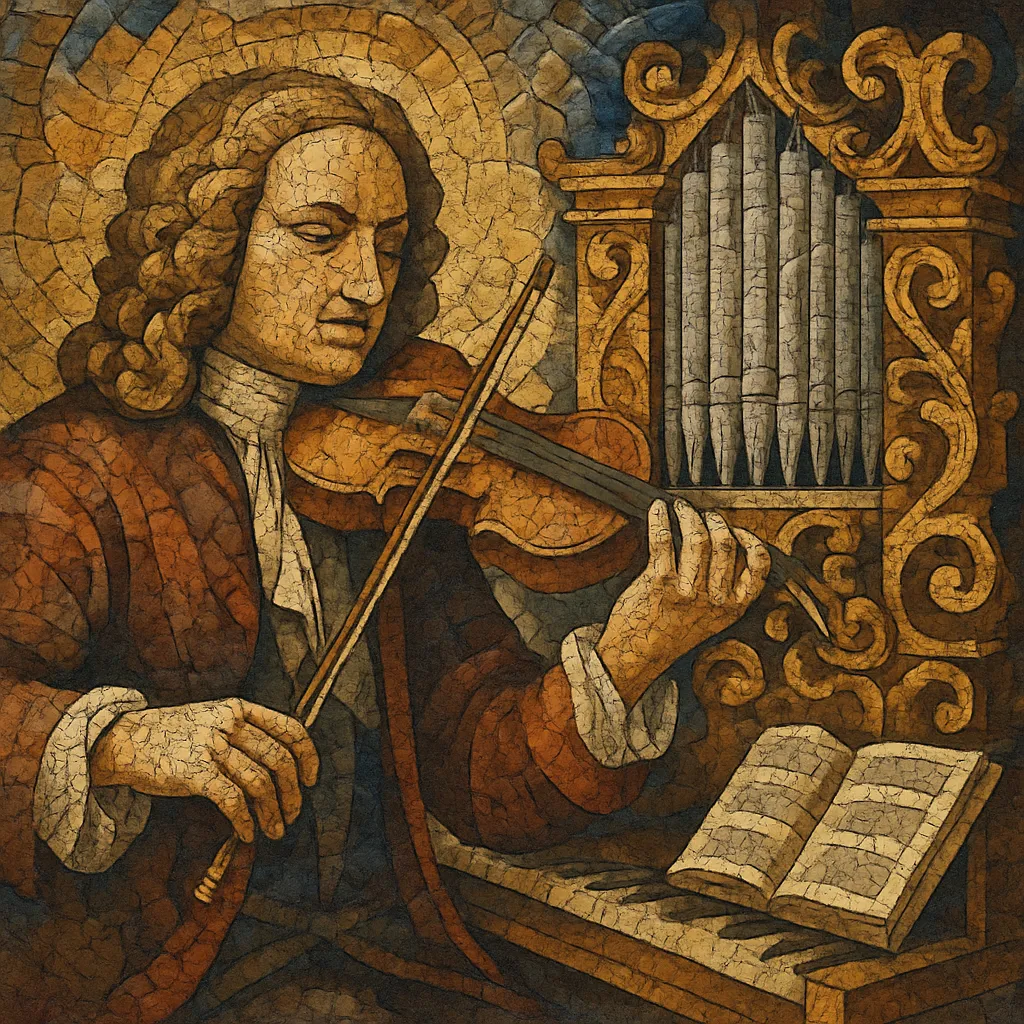Baroque is a period and style of Western art music spanning roughly 1600–1750. It is characterized by the birth of functional tonality, the widespread use of basso continuo (figured bass), and a love of contrast—between soloist and ensemble, loud and soft, and different timbres.
Hallmark genres and forms of the era include opera, cantata, oratorio, concerto (especially the concerto grosso), dance suite, sonata, and fugue. Textures range from expressive monody to intricate counterpoint, and melodies are richly ornamented with trills, mordents, and appoggiaturas.
Baroque music flourished in churches, courts, and theaters across Europe, with regional styles (Italian, French, German, English) shaping distinctive approaches to rhythm, dance, harmony, and ornamentation.
The Baroque era emerged in Italy at the turn of the 17th century, growing out of late Renaissance practices. The Florentine Camerata’s pursuit of heightened text expression led to monody and the invention of opera. Early figures such as Claudio Monteverdi advanced basso continuo and expressive recitative, while instrumental traditions—canzonas and ricercars—evolved toward sonatas and fugues. The shift from modal thinking to a major–minor tonal system began to crystallize.
Arcangelo Corelli standardized violin technique and trio sonatas; Antonio Vivaldi codified the ritornello-based concerto. In France, Jean-Baptiste Lully shaped the French overture and the dance suite, while Couperin and Rameau refined keyboard idioms and advanced harmonic theory (Rameau’s 1722 Traité de l’harmonie). England saw Henry Purcell’s synthesis of Italian and French elements, and Germany cultivated contrapuntal sophistication through composers like Buxtehude and Telemann.
Johann Sebastian Bach synthesized regional styles into masterful counterpoint (e.g., The Well-Tempered Clavier, Brandenburg Concertos, Mass in B minor). George Frideric Handel expanded operatic and oratorio forms for public audiences. By mid-century, tastes shifted toward clarity and lightness (galant style), laying the groundwork for the Classical period. The conventional end date of Baroque is 1750, the year of Bach’s death.
Baroque forms, genres, and tonal principles directly shaped Classical and later Western music. The 20th-century historically informed performance movement revived period instruments, ornamentation practices, and Baroque tunings (e.g., A=415 Hz, well temperaments), renewing interest in stylistic authenticity.
-
•
Choose a form (dance movement, aria, concerto movement, fugue).
•Sketch the bass line and harmonic outline (figures) first.
•Add melody/counterpoint above the continuo; plan sequences and cadential points.
•Orchestrate for strings + continuo; add winds/brass for color.
•Add ornaments and dynamics, keeping affect and style consistent.


